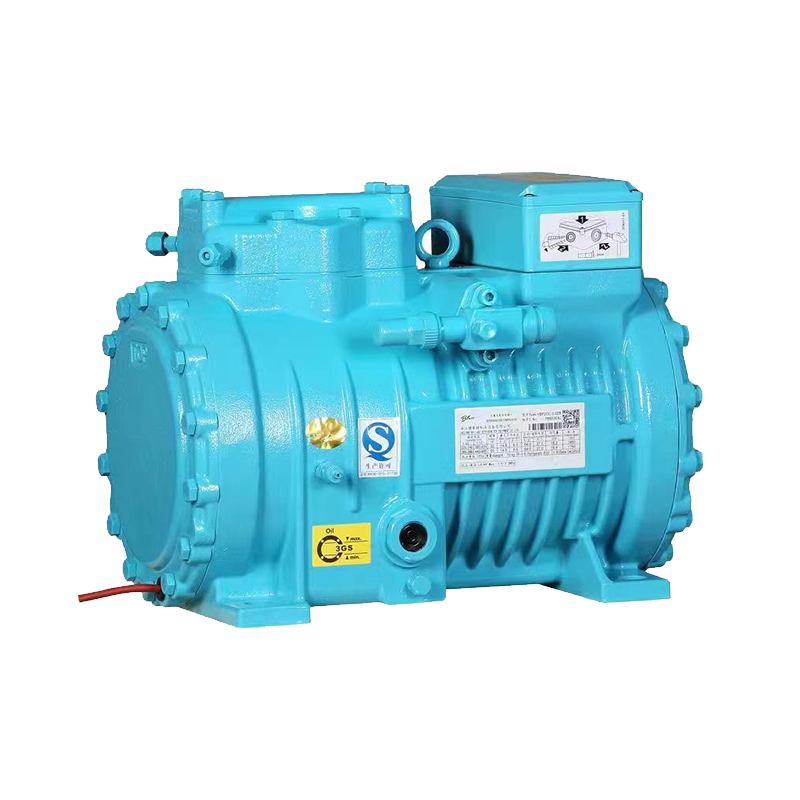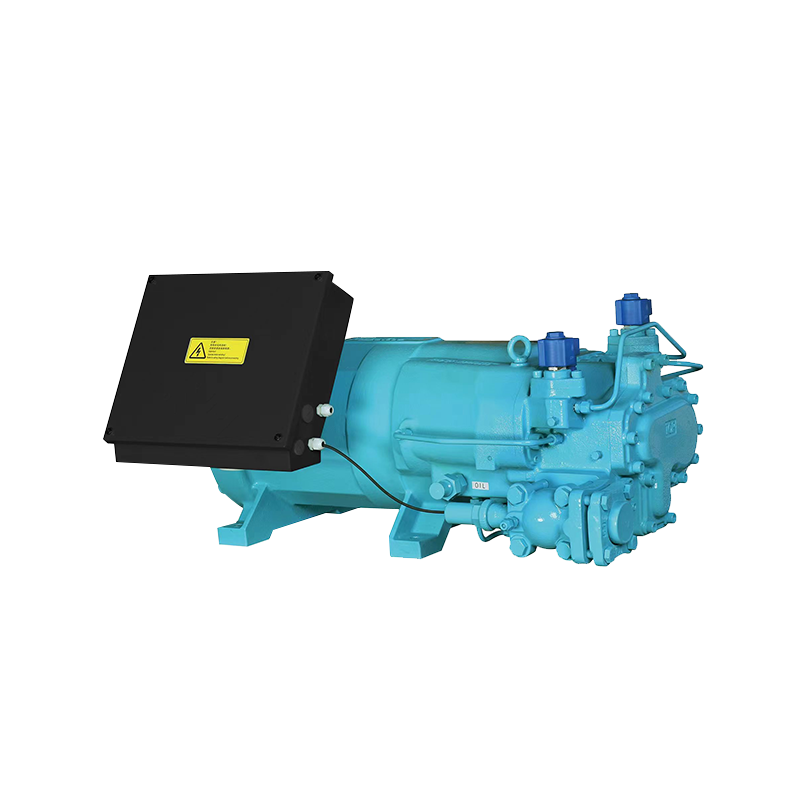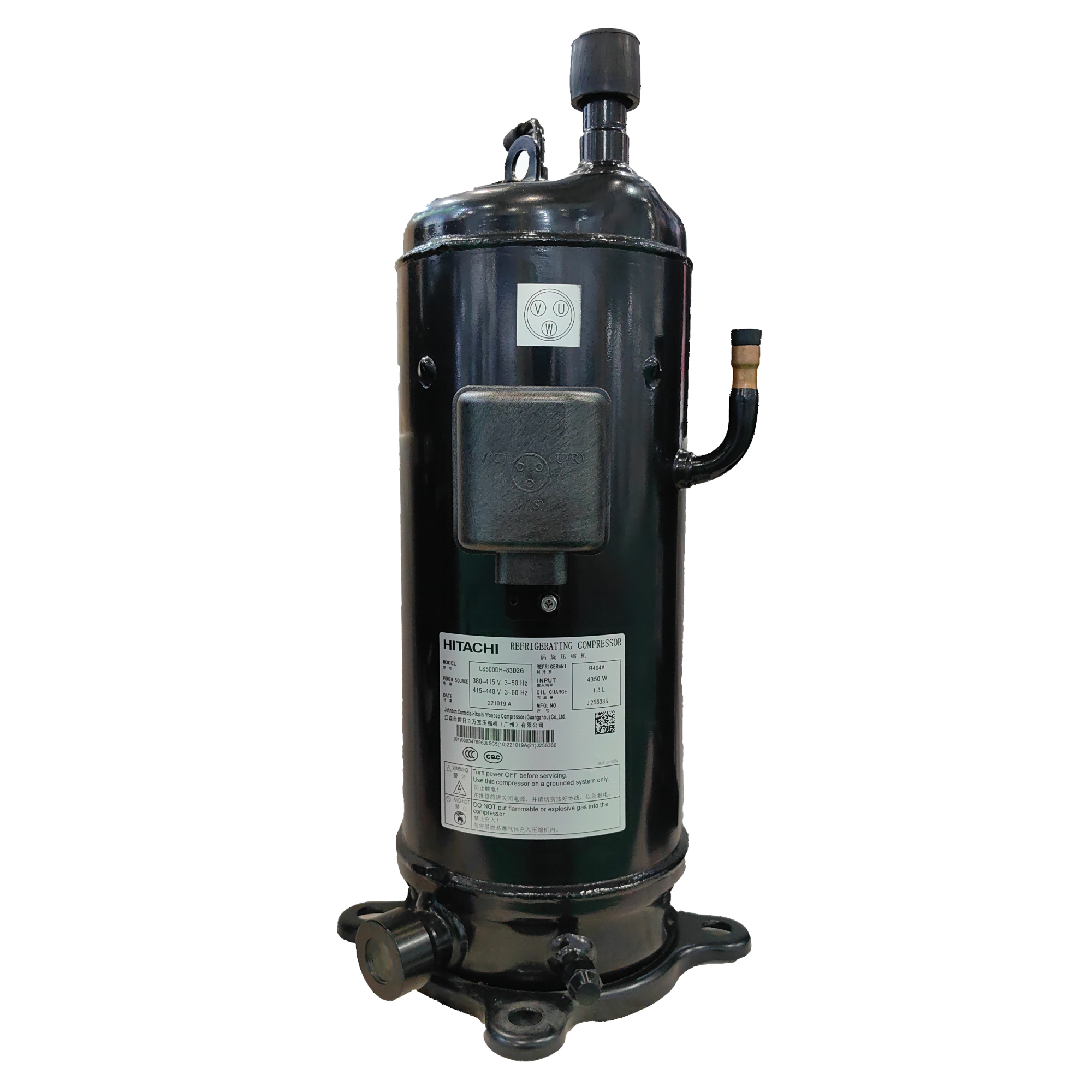During the oil-water separation stage, the Automatic Refrigerant Management Machine uses multi-stage physical separation technology to maximize the separation of oil and water in the mixed liquid. This process may include the comprehensive use of pre-condensation, gravity sedimentation tank, centrifugal separator and other components. Pre-condensation reduces the temperature of the refrigerant mixture to promote the initial condensation of oil and water, which is convenient for subsequent separation. The gravity sedimentation tank uses gravity to make the oil and water droplets sink naturally, achieving initial physical separation. The centrifugal separator uses the centrifugal force generated by high-speed rotation to further separate the oil and water in the mixed liquid, ensuring higher separation efficiency.
After completing the initial physical separation, the Automatic Refrigerant Management Machine will introduce the refrigerant into the fine filtration system. This system usually contains multiple layers of filters or filter elements with different pore sizes, each layer filtering particles of a specific size. First, larger particles and residues will be intercepted by the larger pore size filter; then, through the filter with gradually smaller pore size, the fine particles and suspended matter can be further removed. Some high-end models may also use membrane filtration technology, such as ultrafiltration membrane or nanofiltration membrane, to achieve a higher precision filtration effect.
For the removal of metal debris, the automatic refrigerant management machine is equipped with an efficient magnetic filtration system. These systems usually include strong magnets or magnetic filter media that can attract and intercept ferromagnetic metal particles in the refrigerant. Some models may also use a multi-stage magnetic filtration design to enhance the ability to capture metal debris. In addition, some high-end models also have an automatic cleaning function that can regularly remove metal debris adsorbed on the magnet to maintain the stability of the filtration effect.
In addition to metal debris, the refrigerant may also contain non-magnetic particles and impurities. In order to fully remove these impurities, the automatic refrigerant management machine also uses non-magnetic filtration materials and technologies. These materials usually have a high specific surface area and strong adsorption capacity, such as activated carbon, nanofibers, etc., which can effectively adsorb and remove impurities such as tiny particles and organic matter in the refrigerant. At the same time, combined with the use of a backwashing mechanism, the accumulation of impurities on the filter material can be regularly removed to maintain its filtration efficiency and life.
The automatic refrigerant management machine achieves comprehensive separation and removal of oil, water, metal debris and other particles in the refrigerant by combining multi-stage physical separation, fine filtration, high-efficiency magnetic filtration and non-magnetic particle removal technology. This process not only improves the purity and quality of the refrigerant, but also helps to extend the service life of the refrigeration system, improve operating efficiency and reduce maintenance costs. At the same time, the addition of automated operation and remote monitoring functions further improves the ease of use and safety of the equipment.

 English
English Español
Español عربى
عربى русский
русский











